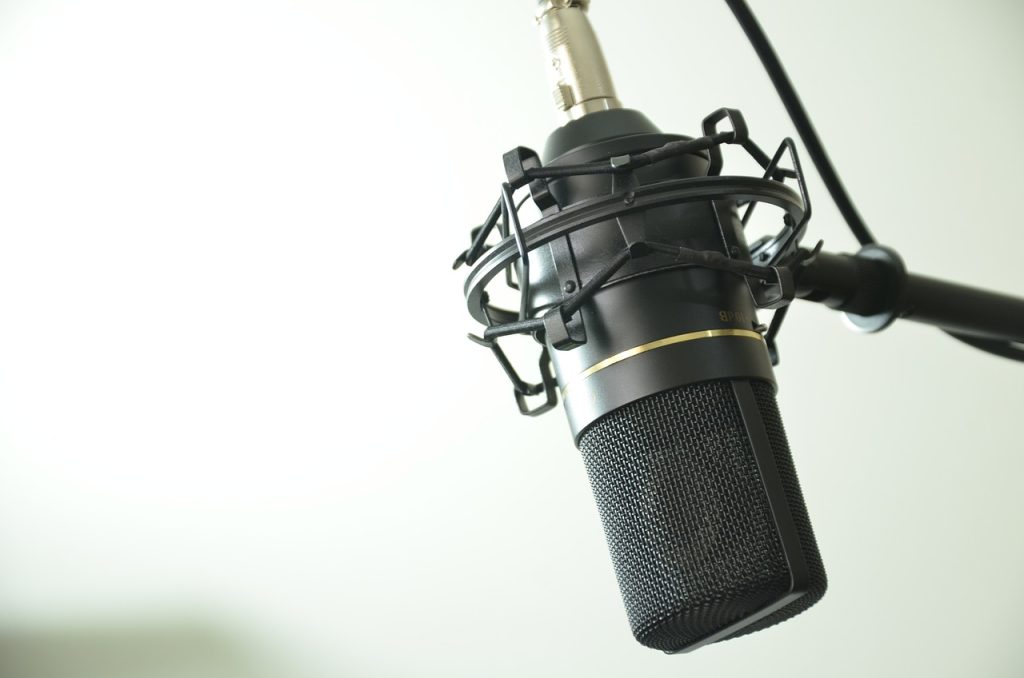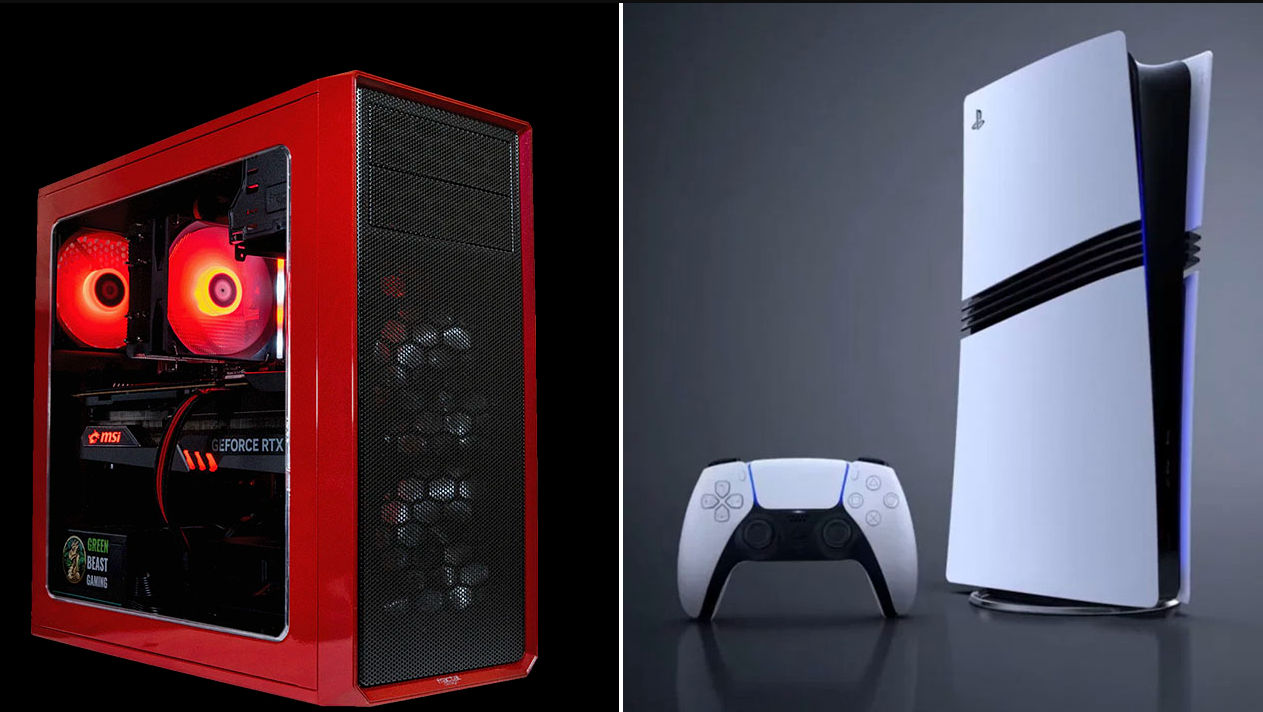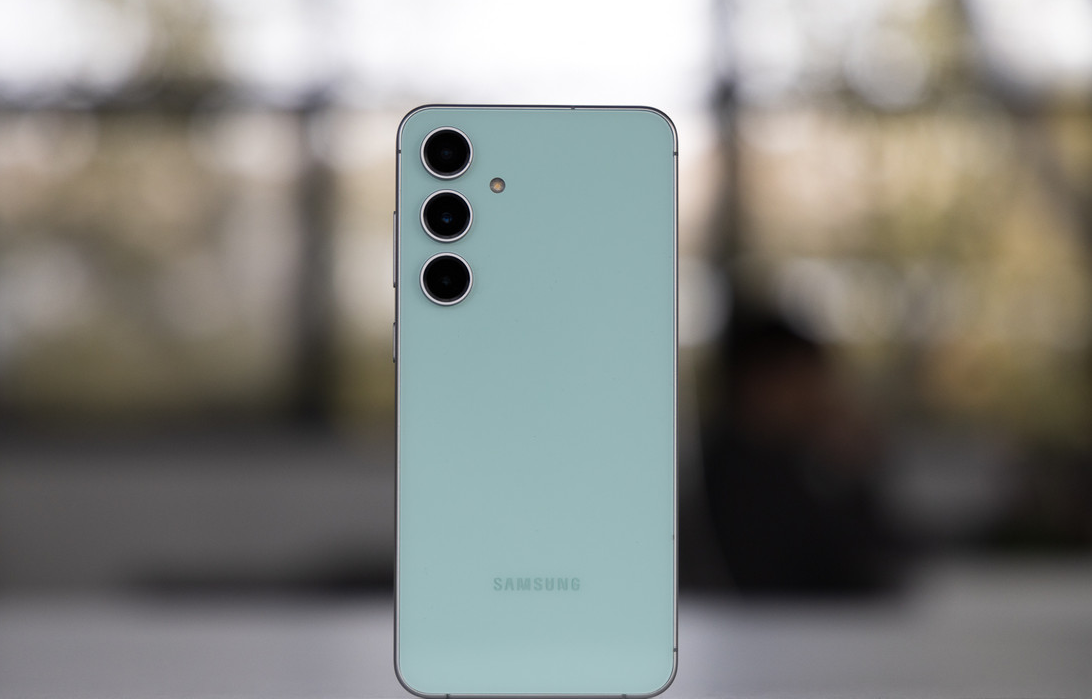Picking the right microphone can be the key to creating high-quality audio content. Whether you’re an aspiring blogger, musician, or professional podcaster, choosing the right microphone can make your content stand out. Here are some tips to help you make the right choice.
Determine your budget
Determining your budget is key when choosing a microphone, as the price can vary greatly depending on its type, features and sound quality. Let’s look at a few budget categories with examples of microphones in each:
Entry level (up to $100)
If your budget is limited, you may want to consider options in this category. For example, USB microphones such as the Blue Snowball or Fifine K669B offer great sound quality for an affordable price. They easily connect to your computer and are suitable for recording podcasts, streaming and voice chats.
Medium level ($100 – $300)
In this price range, you can find microphones with higher sound quality and more features. For example, the Blue Yeti or Audio-Technica AT2020 microphones provide great sound and have different settings for different usage scenarios. They are suitable for music recording, podcasts, streaming and voice commentary.
Professional level (over $300)
In this category you will find high-end microphones used by professionals in recording studios and radio. For example, the Neumann U87 or Shure SM7B microphones offer outstanding sound quality and extensive customisation options. They may be more expensive, but will justify their cost for those who strive for the highest level of professionalism.
Define your application
The right type of microphone depends on the purpose of use and the environment in which it will be used. Here are some microphone types and examples suitable for different usage scenarios:
Condenser microphones
This type of microphone provides high sound quality and sensitivity, making them ideal for recording music and vocals. They are commonly used in recording studios and professional audio content production. Examples include the Neumann U87, AKG C414 and Audio-Technica AT2035.
Dynamic microphones
These microphones are more resistant to high sound pressure levels and environmental noise, making them ideal for live performances, podcasts, streaming and recording in environments where there is noise. Examples include the Shure SM58, Electro-Voice RE20 and Audio-Technica ATR2100x-USB.
Lavaliere microphones
These small microphones, which attach to clothing, are ideal for shooting videos, presentations and interviews. They offer ease of use and good sound quality, especially in environments where mobility needs to be maintained. Examples include the Rode SmartLav+, Sennheiser EW 112P G4 and Sony ECM-77B.
USB microphones
These microphones are easy to use and connect directly to your computer via USB, making them ideal for podcasts, streaming, voice chat and home recording. Examples include the Blue Yeti, Audio-Technica AT2020USB+ and the Razer Seiren X.
Consider additional equipment
Considering additional equipment when choosing a microphone is extremely important, as some models may require additional devices for full operation or to achieve optimal sound quality. Here are some important aspects to consider:
Audio interface
- Many microphones, especially those used for recording in studio or professional situations, require an audio interface to connect to a computer or other recording device.
- The audio interface provides additional options for customising the audio signal, such as volume control and noise reduction. It can also provide higher sound quality and lower noise levels than your computer’s built-in sound cards.
- Consider the cost of an audio interface when planning your budget. A good audio interface can cost anywhere from $100 to $500 or even more, depending on its functionality and quality.
Preamplifier (if necessary)
- Some microphones, especially condenser models or those used for recording weak sounds, may require a preamplifier to boost the signal level to an acceptable level.
- Preamplifiers can be built into the audio interface or can be a separate device. They help to improve sound quality and make recordings clearer and crisper.
- The cost of a preamplifier should also be considered when planning your budget, and can range from $50 to several hundred dollars depending on its quality and features.
Other equipment
- In addition to an audio interface and preamplifier, you may need other additional equipment such as cables, stands or acoustic screens, especially if you plan to use the microphone in a studio environment.
- Factor in the cost of this optional equipment when planning your budget to avoid unexpected expenses when setting up your audio system.
It’s important to consider all of these additional costs when planning your microphone purchase budget to ensure that your audio system is complete and professional.
Consider the environment
When selecting a microphone for use in noisy environments, it is critical to pay attention to characteristics that reduce the capture of sound from the surroundings and focus on the sound source. One of the most important characteristics is the cardioid pattern.
Cardioid pattern
The cardioid pattern describes the area from which the microphone is most sensitive to sounds. It is shaped like a heart and is usually focused in front of the microphone, while greatly reducing sensitivity to sounds coming from the sides and rear. This makes cardioid microphones an ideal choice for use in noisy environments, as they help minimise the pick-up of background noise and focus on the sound source.
Examples of cardioid microphones
- Shure SM58: This dynamic cardioid microphone is widely used in live performances and podcasts due to its ability to effectively suppress background noise and capture clear sound.
- Audio-Technica AT2020: This condenser microphone also features a cardioid pattern and delivers high sound quality ideal for recording in noisy environments.
Do your research
Doing research and studying reviews and ratings of different microphone models is a key step in choosing the right device. Here are some details on how you can do this:
Online resources and forums
- Visit websites dedicated to audio equipment, such as Gearslutz or Reddit’s r/audioengineering. Here you can find discussions about different microphone models and read reviews from users.
- Community forums for musicians, podcasters, and audio engineers can also be useful sources of information about which microphones work best in different situations.
Reviews on YouTube and other video platforms
- Many bloggers and audio experts release reviews of different microphone models on platforms like YouTube. Check out a few reviews to get an idea of the performance and sound quality of each model.
Sites with reviews and ratings
- Visit websites specialising in audio equipment reviews and ratings, such as Sound on Sound, Sweetwater or MusicRadar. Here you will find professional reviews and ratings of various microphones based on their sound quality, functionality and value for money.
Official websites of manufacturers
- Visit the websites of microphone manufacturers such as Shure, Audio-Technica or Rode for detailed information on the specifications and features of each model. Here you can also read user reviews and watch demonstration videos.
Comparative tables and ratings
- Use the comparison tables and ratings available on various websites to compare the characteristics and features of different microphone models. This will help you narrow down your choices and select the most suitable option.
Try before you buy
Trying out a microphone before you buy is an important step, especially if you have the opportunity to do so. This allows you to personally evaluate the sound characteristics of the device and how comfortable it is to use. Here’s how you can organise this process in more detail:
A visit to a shop or studio
- If you have the opportunity, visit an audio equipment shop or studio that provides opportunities to test microphones.
- Here you can try different microphone models in person, record your voice and listen to the results on the spot.
Participation in events or demonstrations
- Try to find events, trade shows or audio equipment demonstrations that provide opportunities to test different microphone models.
- Here you can not only try out microphones, but also get advice from professionals and hear feedback from other users.
Microphone rental
- Some audio equipment rental shops or services offer microphone rental services for a test period.
- Try renting a few microphone models for a short period of time and make test recordings at home to evaluate their sound characteristics and usability.
Reach out to friends or colleagues
- If you have friends or colleagues who already use microphones, ask permission to try their devices.
- This can be a good way to personally evaluate the microphone and get feedback from someone who is already using it.
Returns and exchanges
- Some shops provide the option to return or exchange an item within a certain period of time after purchase.
- If you don’t have the opportunity to try the microphone before you buy it, check the return or exchange terms with the seller to be able to return the device if it doesn’t meet your expectations.
Trying a microphone before you buy will help you make a more informed choice and select the device that best suits your needs and preferences.
In conclusion, choosing a microphone may seem daunting, but if you consider your needs, budget, and the tips above, you should be able to find the perfect microphone for your needs. Feel free to spend time researching and trying out different models to find the one that’s right for you. Remember, good sound is the key to successful content.
Take your next step in the world of microphones with reBITme.com and enjoy the benefits. Enjoy your purchases!





